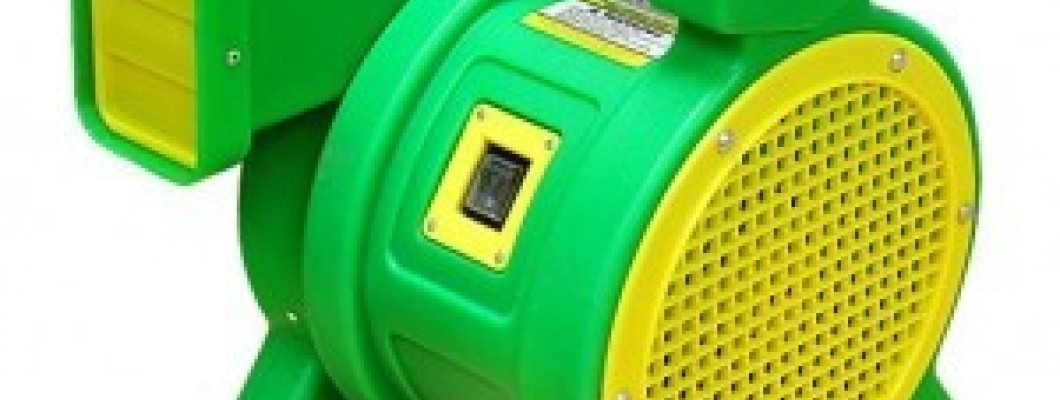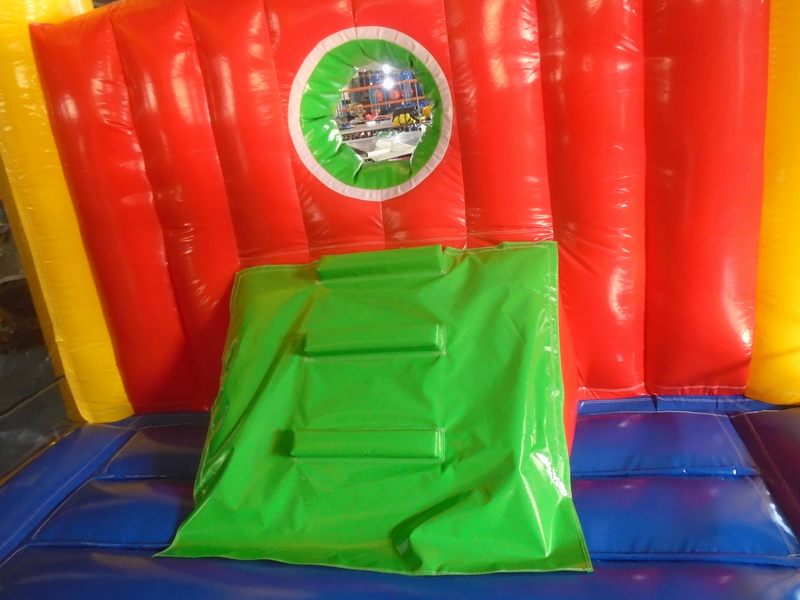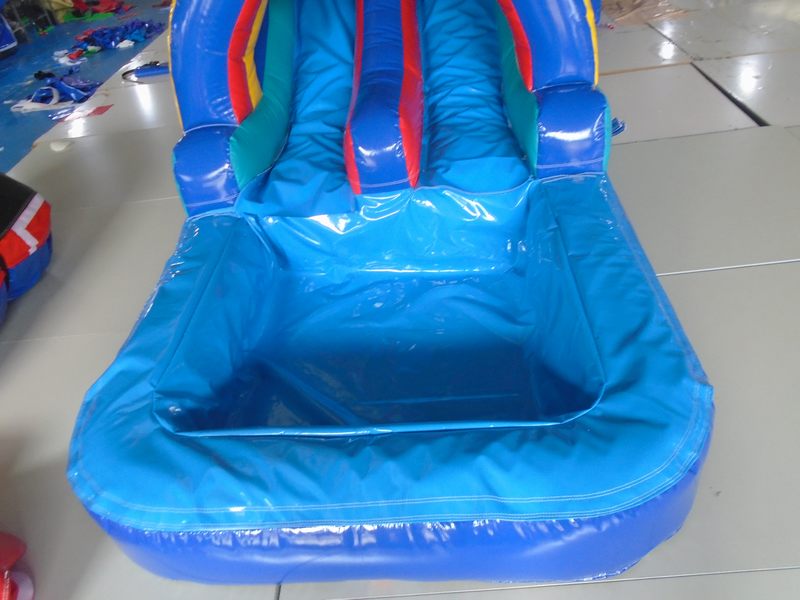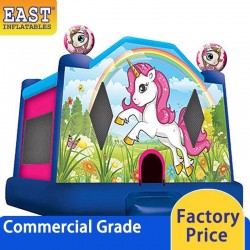
Inflatable blowers are crucial for keeping bouncy castles and other inflatables properly inflated. However, like any electrical equipment, blowers can overheat if not properly maintained or used. Recognizing the signs of overheating is essential to prevent damage and ensure the blower operates efficiently. Here’s how to identify if your inflatable blower is overheating:
1. **Unusual Noises**
If you hear unusual noises coming from the blower, such as grinding, buzzing, or loud whirring sounds, it may be a sign that the blower is overheating. These noises can indicate that internal components are stressed or malfunctioning due to excessive heat.
2. **Increased Temperature**
Check the temperature of the blower's exterior. If it feels unusually hot to the touch, it may be overheating. Most blowers have a built-in thermal cutoff that activates if the unit becomes too hot, but it's essential to monitor the temperature regularly.

3. **Reduced Airflow**
Overheating can cause the blower to reduce its airflow output. If you notice a significant drop in the air volume being pumped into the inflatable, it could be a sign that the blower is struggling due to excessive heat.
4. **Frequent Shut-Offs**
Blowers that frequently shut off or require restarting could be experiencing overheating issues. Many blowers are equipped with thermal protection that shuts them down to prevent damage when they overheat. If this happens often, it’s a sign that the blower is not operating within normal temperature ranges.
5. **Odor or Smoke**
Any unusual odors or visible smoke coming from the blower are clear indicators of overheating or other serious issues. If you detect a burning smell or see smoke, turn off the blower immediately and unplug it. Do not use it again until it has been inspected and repaired if necessary.

6. **Error or Warning Lights**
Some modern blowers have built-in indicators or warning lights that signal overheating or other malfunctions. Refer to the blower’s user manual to understand what these indicators mean and follow the recommended actions if any warning lights are activated.
7. **Check for Blockages**
Ensure that the blower's air intake and exhaust vents are not blocked. Blockages can restrict airflow and cause the blower to overheat. Regularly clean these areas to maintain proper ventilation and cooling.
By being aware of these signs and regularly monitoring your inflatable blower, you can prevent overheating and ensure the safe and efficient operation of your equipment. Regular maintenance and prompt attention to any issues will help extend the lifespan of your blower and keep your inflatables functioning smoothly.



